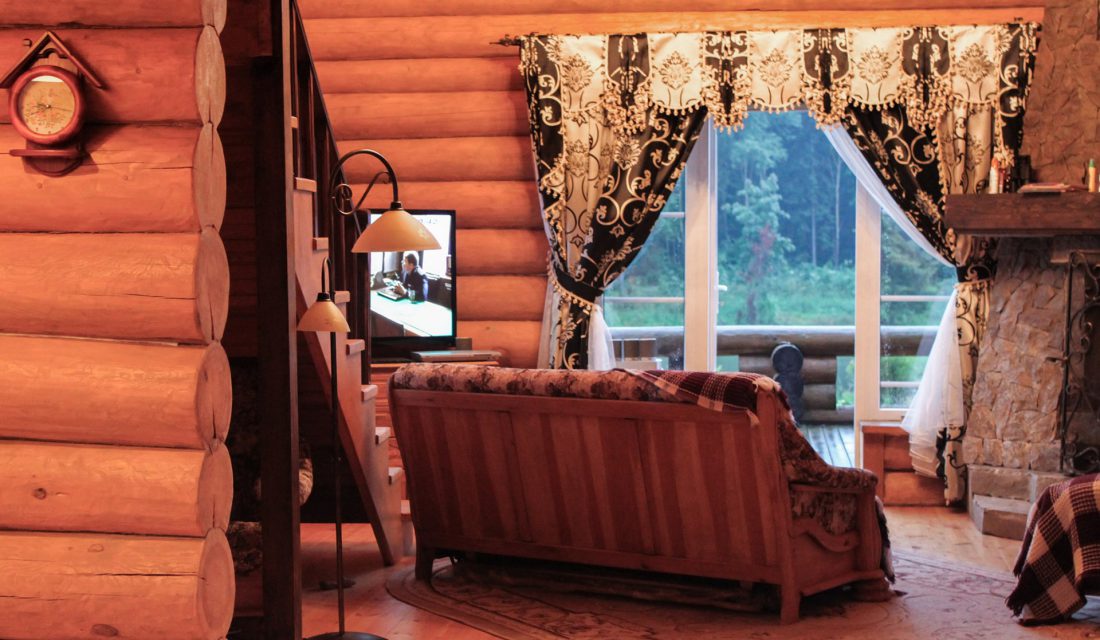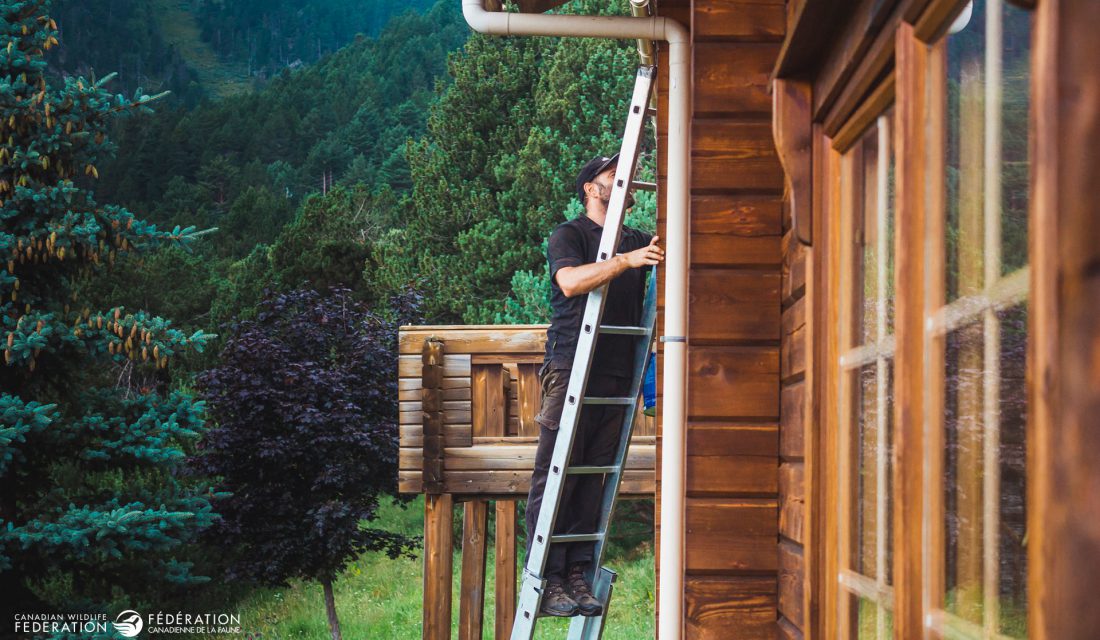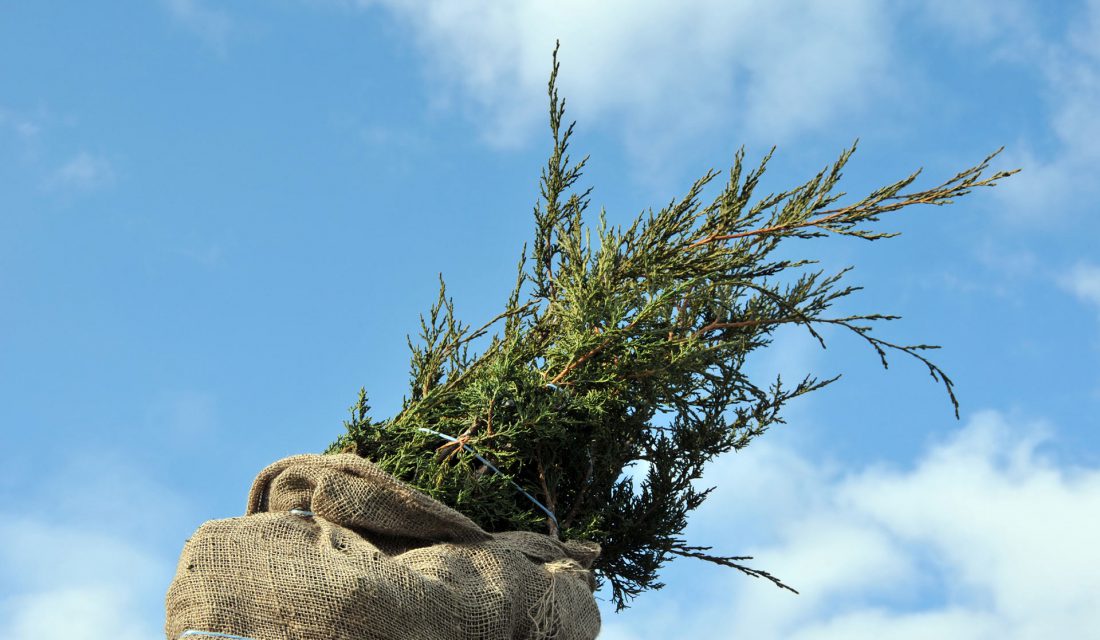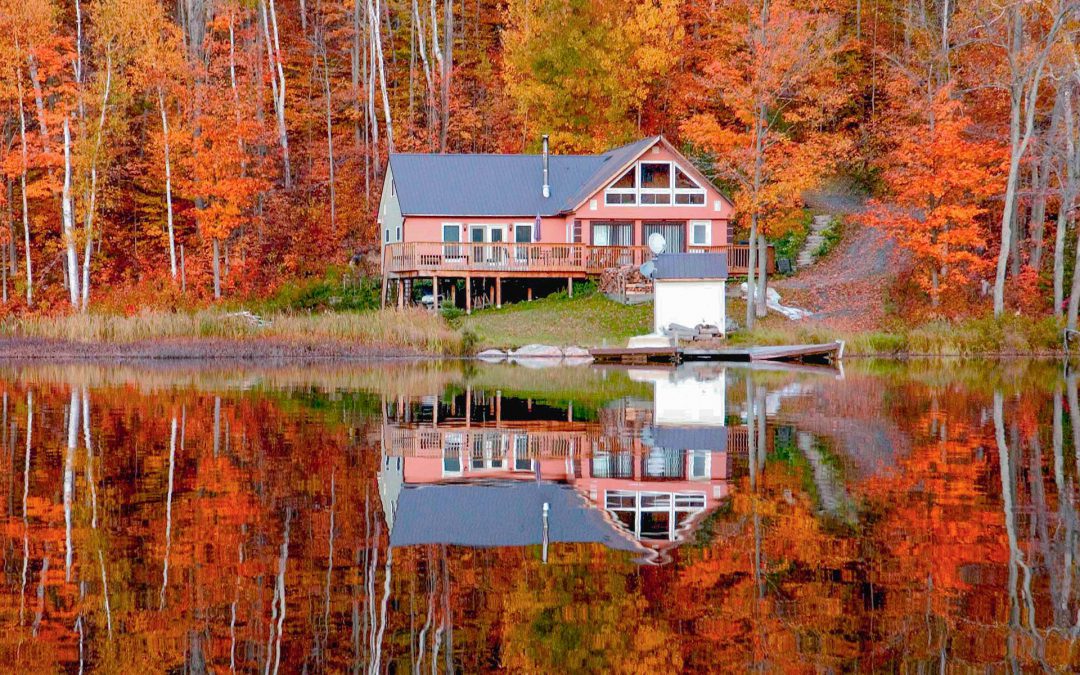With fall comes sweater weather, beautifully coloured leaves, cooler temperatures, and for many — time to close the cottage for winter.
Below are some shoreline-friendly tips to keep in mind as you wrap up another cottage season.
Inside Your Cottage

- If your cottage has a sump pump, make sure it is working properly. It’s always a good idea to have a battery backup or a model that has an alarm to notify you if it stops working.
- Unplug major appliances and any unnecessary electrical devices. You can decide if you should turn off the main power supply. Keep in mind this could turn off your alarm system, sump pump and outdoor lighting.
- Turn down the heating or turn it off, depending on your system and if your pipes are winterized. If you have a furnace, it’s recommended to set the thermostat at around 10°C to prevent the build-up of frost.
- If you have a furnace, replace the filter so it runs more efficiently.
- Clean out the fridge and cupboards. Pack up all food items (even those in a can) so not to attract mice and other animals.
- Defrost and unplug the fridge. Place an opened box of baking soda in the fridge to reduce odours. Leave the door cracked open.
- Drain your water tank. Be sure to turn off the power supply to the water heater first so you don’t damage the heating element.
- Shut off the main water supply and make sure to drain all pipes. Once the water is turned off, turn on all faucets to make sure no water is left in the pipes. Flush the toilet, removing any water in the tank and toilet bowl. Any water left in the pipes could freeze and burst. Also, drain the supply hoses to indoor and outdoor outlets.
- Make sure to drain water from your appliances such as your washing machine and dishwasher, including the “S” traps beneath these devices.
- Some people use antifreeze to further winterize their plumbing. Do not use regular automotive anti-freeze in toilets and pipes as this is toxic and can be harmful to your lake and septic system. Plumber’s antifreeze (propylene glycol) is non-toxic and is meant for plumbing systems. There are other environmentally friendly products on the market as well.
- Make sure your windows and doors are secure.
- Don’t leave any valuables at the cottage in case of a break-in. If you do leave anything behind, record the serial numbers.
- Close curtains and/or blinds to keep people from looking in.
- Clean out the wood stove and close the damper.
- Leave closets and cupboards open to ventilate.
- Properly store bedding so that mice can’t access them.
- Keep extension cords in rodent proof containers.
- Take pictures of every room in case there’s damage over the winter and you need to file a claim with your insurance company.
Outside Your Cottage

- Clean your gutters once the leaves have fallen off the trees. You want to make sure that rain and melting snow can freely flow in your gutters. If not, water and ice can back up resulting in water and roof damage.
- If you have a septic system, make sure it is working properly.
- Take pictures outside the cottage, of boats and anything else that is valuable in case there is damage over the winter, and you need to file a claim with your insurance company.
- Walk around the outside of your cottage keeping an eye out for any openings animals could use to get inside. If any openings are found, make sure to do the proper animal proofing. Make sure your chimney has a chimney cover or cap on it.
- Make sure your roof is in good shape – you don’t want to be surprised by any water damage when you return in the spring.
- Store boats, life jackets, ski equipment, wake boards, dock ornaments, outdoor furniture, etc.
- Remove your seasonal dock from the water.
- Winterize boats, ATV’s and other vehicles, being sure to hide the keys.
Your Garden

- Early fall, when the leaves start to change colour, is a good time to plant coniferous trees such as pine, cedar and spruce. You can also wait until late spring once the soil warms up.
- Leave stalks of sunflowers, rudbeckias, asters and goldenrod standing for birds to enjoy the seeds.
- Fruit trees, cedars and other evergreens, as well as young trees, should be wrapped in burlap to help minimize damage from wind and grazing animals.
- Leaves make excellent mulch around trees, and they can provide a safe, warm space for hibernating critters. Spread a carpet of leaves under trees to form a protective layer but be sure not to mulch right up to the trunk of the tree – this retains moisture and encourages disease.
- Over the winter, start planning how you’d like to expand your shoreline buffer or how you’d like to incorporate more wildlife friendly gardens on your shoreline property. There are beautiful native plants that will provide many benefits to nearby wildlife including pollinators, birds, mammals, amphibians, even fish!
It’s also recommended to check in with your insurance company to make sure you’ve taken all necessary steps. This is by no means a complete list.
Learn more about how to care for your cottage with wildlife in mind >

